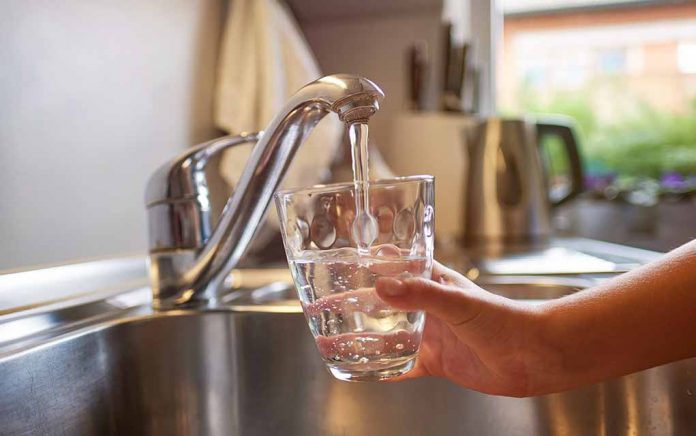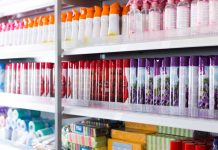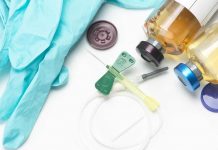
Think contaminated water is a third-world problem? Think again! More than 4 million Americans live in areas where water contamination is an issue. According to the Environmental Working Group database, poor, rural areas are more likely to have higher-than-legal levels of contaminants in the water than more affluent, suburban areas.
Water contamination is a real problem in the United States. Many popular sources of drinking water, such as tap water and bottled water, may contain harmful substances that can make you sick. To ensure that your water is safe, pay attention to local water quality reports. You can pull these public reports online using your zip code. There are also other ways you can ensure that your drinking water is safe.
Check the Database for Water Quality Records in Your Zip Code.
The Safety of Drinking Water Sources
Where do you get your drinking water? Is it safe? If you’re like most Americans, you get your drinking water from one of three sources: the tap, a bottle or a well. Each offers varying levels of safety, but not all sources are guaranteed to be safe. Let’s take a closer look:
- Tap Water: By far the safest water source out there, tap water must meet strict safety standards. Municipal water sources are regulated by the Environmental Protection Agency (EPA) and, therefore, must meet certain safety standards. If it does not, water companies are bound by law to inform the public.
- Bottled Water: Many people think that bottled water is the safest, but is it? The truth is, there is no guarantee that bottled water is safer than your tap water. Bottled water is regulated by the FDA, but it is not subject to mandated testing the way municipal water is.
- Well Water: Private wells are not regulated at all. It is up to you to determine if your water is safe for consumption. Many factors can influence the safety of your well water, including the maintenance of the well itself as well as animal and human activity around your property.
Contaminants can infiltrate all water sources. It is up to you to do all you can to keep your family safe from the ill effects of consuming unsafe water.
Water Contaminants and Your Health
Water contaminants include bacteria and parasites, chemicals from industrial waste and nitrates from fertilizers as well as metals, such as lead and mercury. Contamination can occur at any point along the water supply chain. Waste can enter the natural water source used by municipalities and remain at unsafe levels despite treatment. Your water can even be contaminated by the pipes in your house.
What are the risks of consuming contaminated water? They include immediate illness, such as vomiting, diarrhea, upset stomach or rash. Some other health issues can arise from long-term consumption of contaminated water, including developmental problems, reproductive problems and cancer.
How to Ensure Your Water Is Safe
It does take a bit of effort on your part to ensure that your drinking water is safe. In addition to reading local water quality reports, you can test the water coming out of your tap with a simple aquarium or pool test kit. These kits will test for the nitrates and metals that may contaminate your water.
Purchasing and installing a water filter can greatly increase the safety of your tap water as well. The right filtration system can remove bacteria, parasites and other pollutants.
Water contamination is a real concern in the United States. While tap water is the safest, it can still contain harmful substances. Taking a few simple steps to ensure the safety of your water will put your mind at ease.
~Here’s to Your Healthy Ascension!
Copyright 2019, AscendHealthy.com













